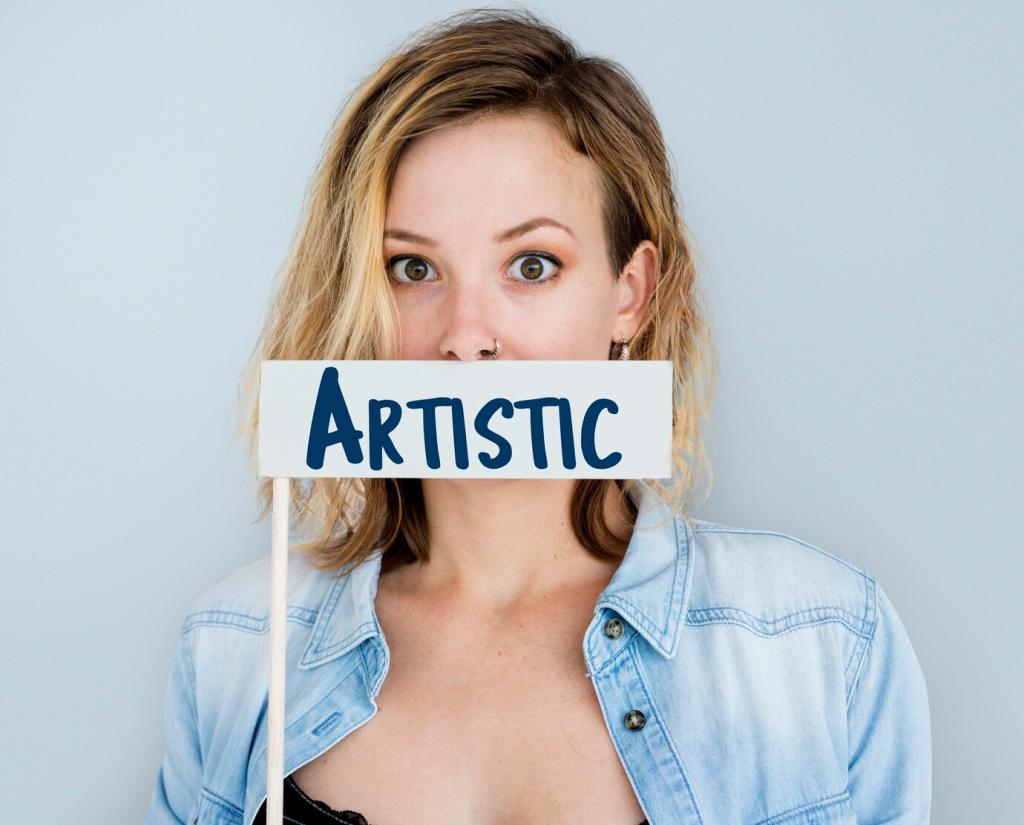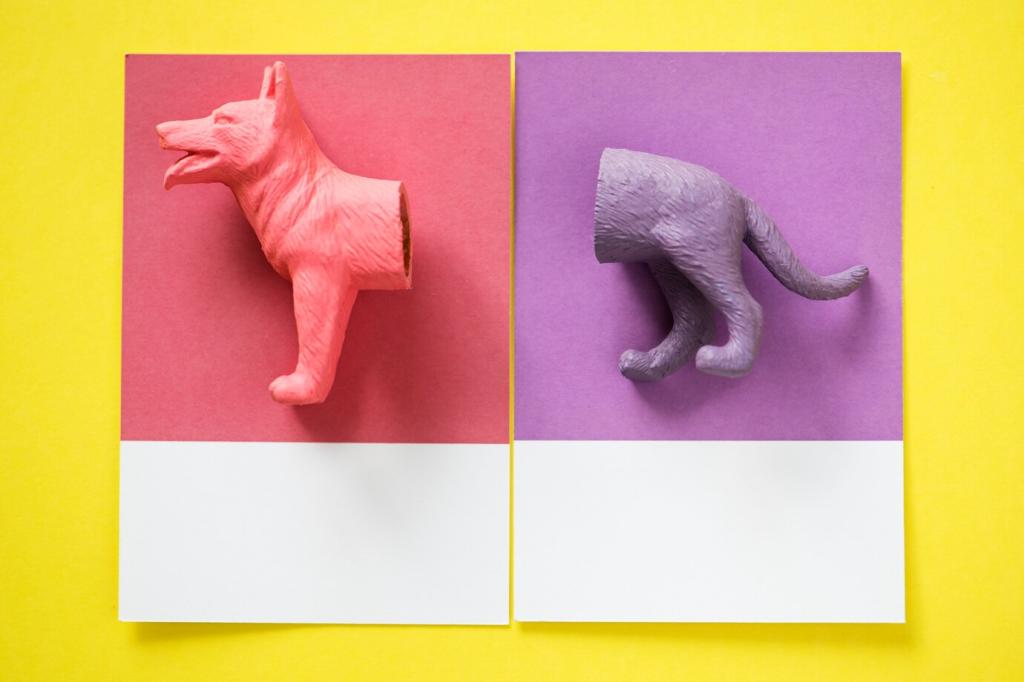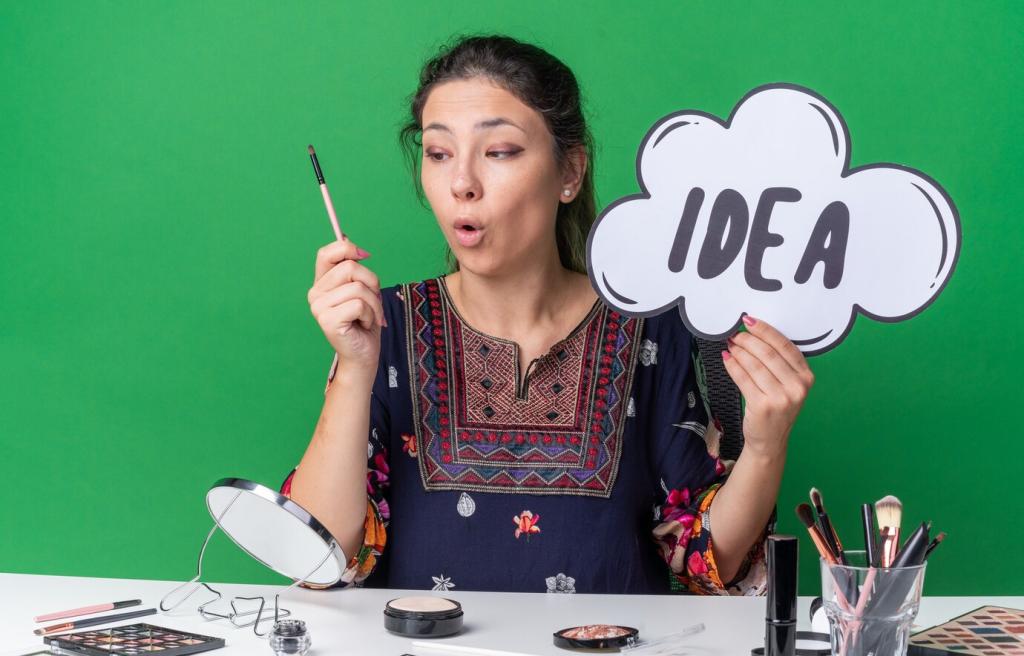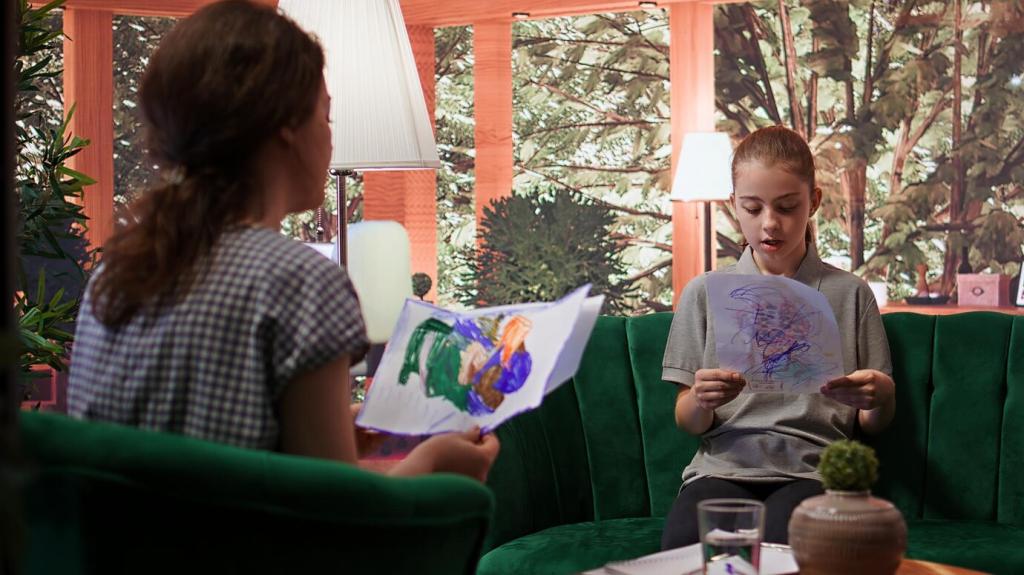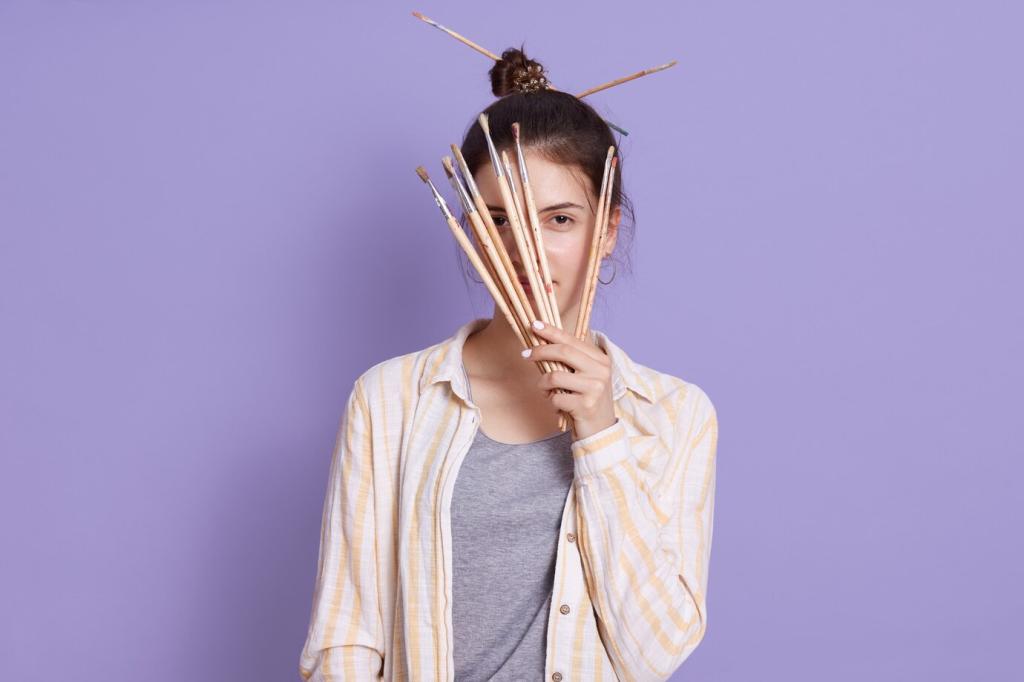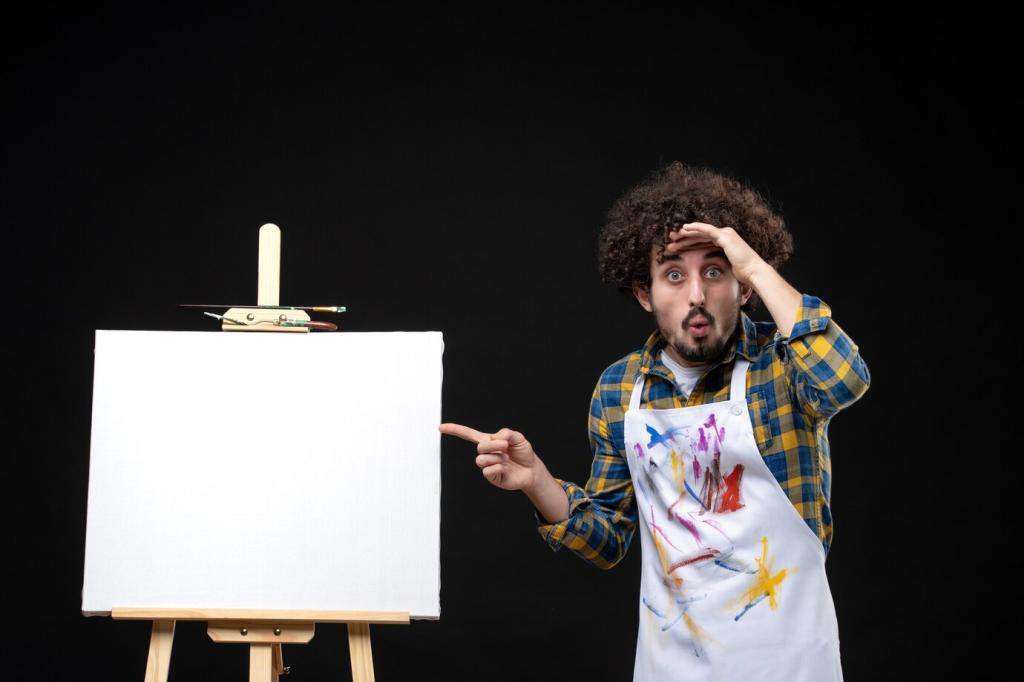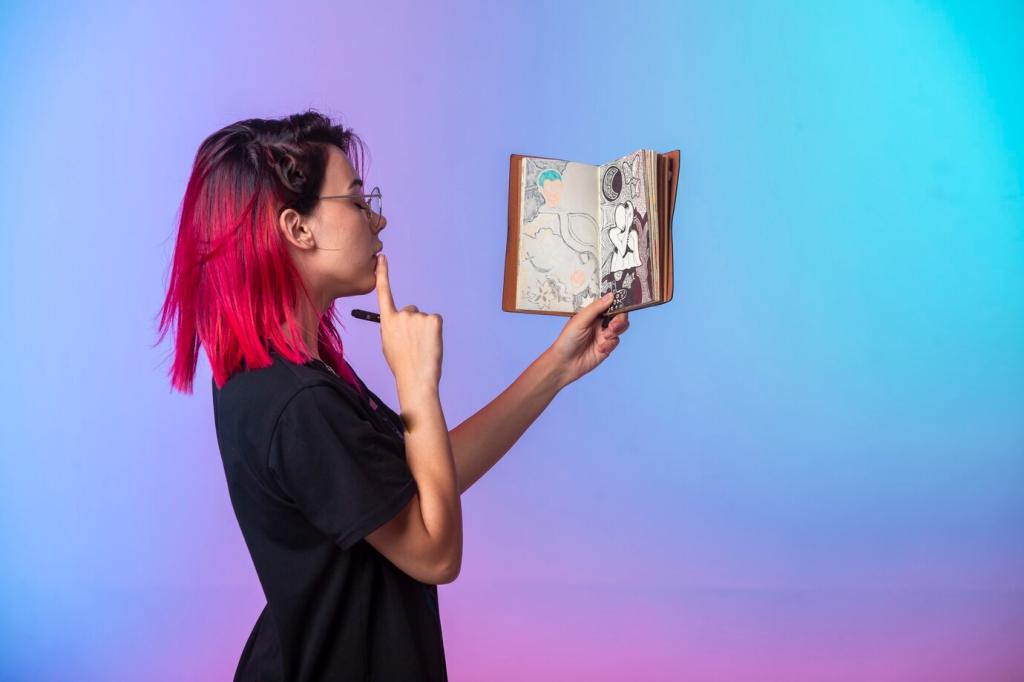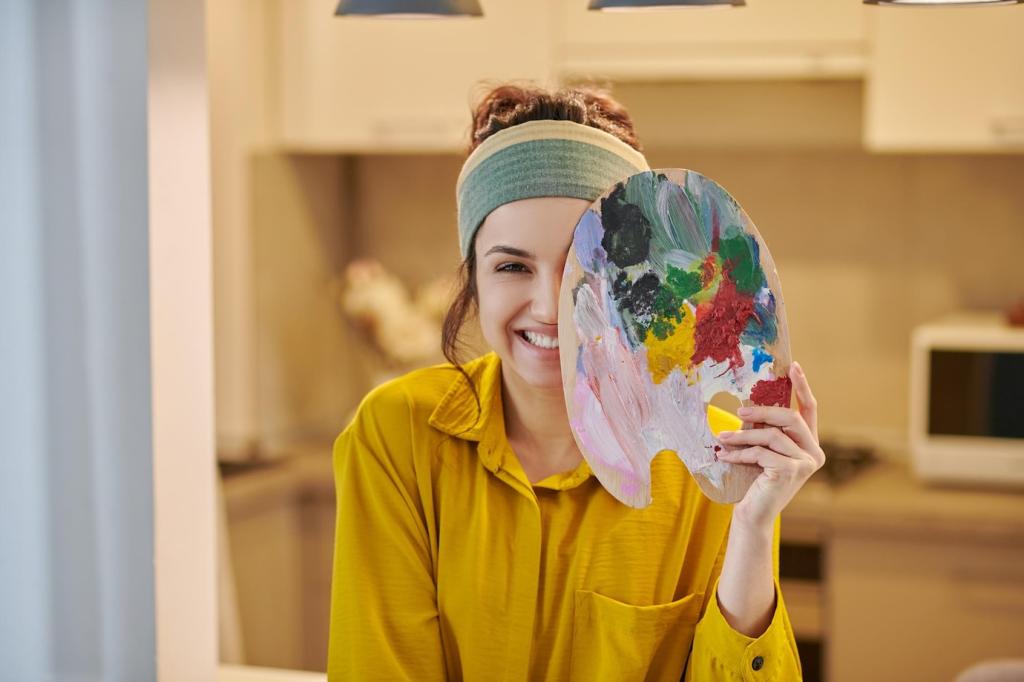The Studio: Voices and Habits
Artists’ letters and journals describe pigments purchased, techniques attempted, and doubts confronted. Van Gogh’s correspondence, Delacroix’s notebooks, and many quieter records give paintings heartbeats. Which artist’s words helped you see their brushwork with new empathy and attention?
The Studio: Voices and Habits
Scarcity drove canvas reuse, making hidden images common. Economic constraints and experimentation piled stories into single frames. Those layered decisions turn conservation labs into libraries of histories. Share a material quirk that made you admire an artist’s resourcefulness.
The Studio: Voices and Habits
Morning light, preferred mediums, and pigment grinding all shape outcomes. An artist’s rituals leave fingerprints in the paint film. What personal routine helps you notice more in museums? Tell us, and inspire another reader’s next slow-looking session.

